Restore the beauty and functionality of your home or office with our professional door and window repair services in Dubai. From broken hinges and glass replacement to sliding door track repairs, our skilled technicians ensure quick, reliable, and affordable solutions.Get your doors and windows repaired by trusted experts in Dubai. We handle all types of repairs — wooden, aluminum, or glass — using high-quality materials and precision workmanship. Same-day service available for your convenience.Need quick and reliable repairs for your doors or windows? Our expert team in Dubai offers high-quality repair services for all types of doors and windows — glass, aluminum, or wooden. Fast response, skilled technicians, and affordable prices guaranteed.
Home > Door & Window
Door & Window Repair
Don’t let a plumbing emergency ruin your day. Call us immediately for prompt and effective service!
We Provide Best Quality Service
Nullam ut diam pulvinar, porttitor ex ut, pulvinar dui.
Protecting Anything
Expert Wooden Door & Window Repairs — Restore Beauty & Strength.
We provide fast, reliable, and professional plumbing emergency services 24/7. Our expert plumbers are ready to handle any urgent plumbing issue, including:
Clogged Drains & Toilets
Quick solutions to restore proper flow.
Warranty & Maintenance
Fast repair or replacement to restore hot water
Expert Door & Window Repair Services in Dubai
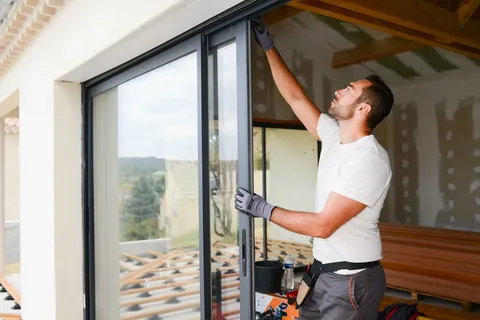

Expert Door & Window Repair Services in Dubai


Restore the beauty and functionality of your home or office with our professional door and window repair services in Dubai. From broken hinges and glass replacement to sliding door track repairs, our skilled technicians ensure quick, reliable, and affordable solutions.Get your doors and windows repaired by trusted experts in Dubai. We handle all types of repairs — wooden, aluminum, or glass — using high-quality materials and precision workmanship. Same-day service available for your convenience.Need quick and reliable repairs for your doors or windows? Our expert team in Dubai offers high-quality repair services for all types of doors and windows — glass, aluminum, or wooden. Fast response, skilled technicians, and affordable prices guaranteed.
Door & Window Repair
Doors and windows are the unsung heroes of every home—they protect us from the elements, offer privacy, and add beauty to our living spaces. Yet, they often go unnoticed until something goes wrong: a drafty window in winter, a door that sticks in summer, or a lock that refuses to turn. Neglecting these small issues can snowball into expensive repairs or replacements. That’s why understanding the basics of door and window repair is essential for every homeowner.
Repairing these essential components is not just about fixing what’s broken—it’s about improving your home’s comfort, safety, and energy efficiency. Whether you’re dealing with warped wood, rusted hinges, or cracked glass, learning how to identify problems early and fix them correctly can save you hundreds (if not thousands) of dollars over time.
In this article, we’ll walk through everything you need to know about door and window repair—from simple DIY fixes to professional restoration techniques. You’ll also learn when it’s time to call an expert, how to weatherproof your home efficiently, and even how to make your doors and windows more eco-friendly.
Understanding Door & Window Repair Basics
Before diving into the repair process, it’s important to distinguish between repair and replacement. Repair focuses on fixing or restoring the existing structure—like tightening a loose hinge, resealing a window, or patching up a small crack. Replacement, on the other hand, involves removing the damaged component entirely and installing a new one.
Most homeowners jump straight to replacement because they think repairs won’t last, but that’s not always true. Many door and window issues are minor and can be easily fixed with the right tools and techniques. Repairs not only save you money but also help preserve the original character of older homes—especially if they feature vintage wooden doors or classic glass windows.
Timely repairs also enhance your home’s safety. A loose door frame can compromise your security, while a cracked window may let in moisture and pests. Addressing these issues promptly prevents them from worsening and protects your property’s value in the long run.
Dubai’s Trusted Door and Window Repair Experts
We specialize in fixing all kinds of door and window issues — from jammed locks and broken glass to sliding door track repairs. Serving homes and offices across Dubai with prompt, professional, and cost-effective repair solutions

Our Services
All Types Of Repair Service Provide
Offering complete repair solutions for your home and business

Renovation Service
Transform your space with our professional renovation services. We upgrade homes, offices, and commercial spaces with modern designs, quality materials, and expert craftsmanship.

Electrical Service
Our certified electricians provide safe, reliable, and efficient electrical services for homes and businesses. From wiring and lighting to repairs and installations

Plumbing Service
We provide fast and reliable plumbing services for homes and businesses. From fixing leaks and clogged drains to installing new fixtures, our experts handle every job with care and precision

Drianiger Work
Ensure proper water management with our expert drainage services. We specialize in installing, repairing, and maintaining efficient drainage systems for homes, offices, and commercial properties. Our team uses high-quality materials and modern techniques
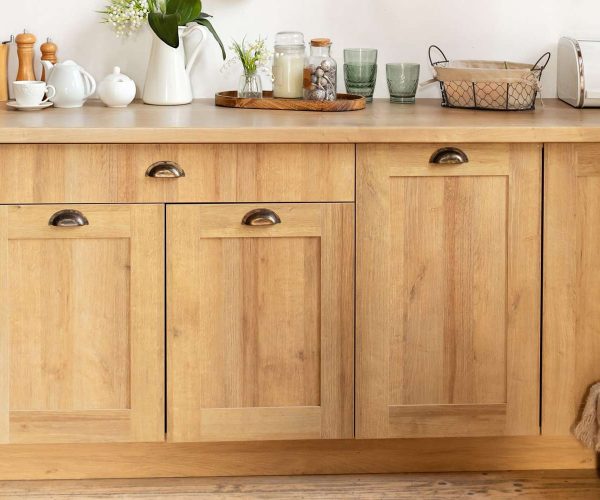
Wooden Cabinets
Upgrade your home or office with our beautifully crafted wooden cabinets. Made from premium-quality wood, these cabinets combine durability with elegant design, providing both style and functionality. Ideal for storing essentials

Wooden Furniture
Experience the timeless elegance and durability of our wooden furniture collection. Crafted from high-quality wood, each piece combines classic design with modern functionality, adding warmth and sophistication to any space

Door & Windows
We offer expert installation, repair, and replacement services for all types of doors and windows. Enhance your home’s beauty, security, and energy efficiency with our quality solutions.
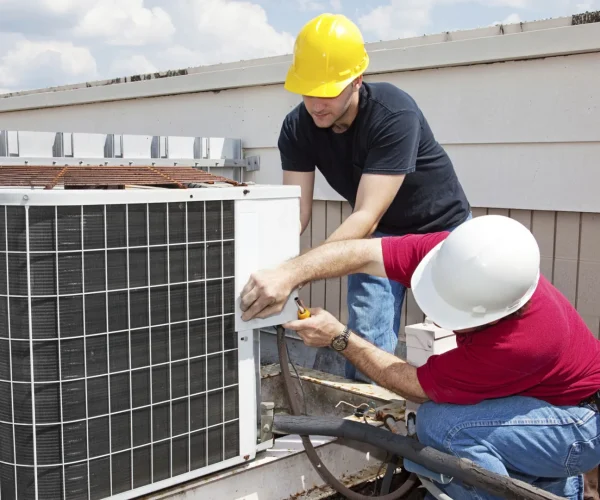
AC Services
Keep your home cool and comfortable with our professional AC services. We offer installation, repair, and maintenance for all air conditioning systems to ensure top performance year-round.
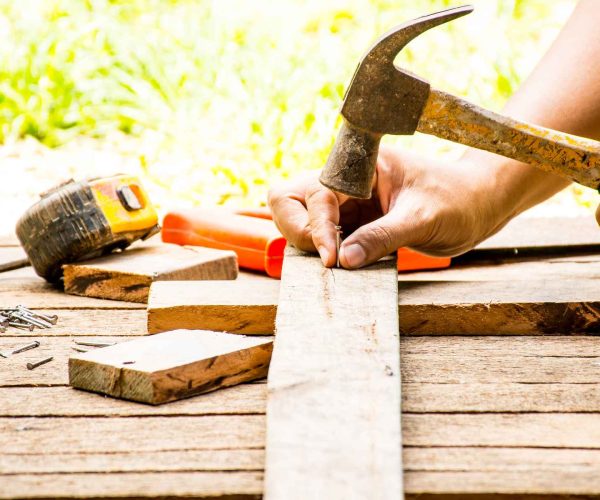
Wooden Repairing
We specialize in repairing and restoring all types of wooden furniture, doors, and fixtures. Our skilled craftsmen bring back the beauty and strength of your woodwork with expert care.
Testimonials
Our Customer Say
"I had a fantastic experience with this service! From the very first call, the team was professional, knowledgeable, and attentive to my needs. They arrived on time, assessed the problems in my home, and provided clear solutions. The work was done efficiently, and they paid attention to even the smallest details. I am extremely satisfied with the quality of their service and would recommend them to anyone looking for reliable home solutions."

"This company exceeded my expectations in every way. They handled a complex renovation project in my home with great care and professionalism. The staff was friendly, answered all my questions, and kept me updated throughout the process. Their work was precise, and the results were amazing — everything looks better than I imagined. I feel confident knowing that I can trust them for any future home repairs or improvements."



Contact Us
Let's Get In Touch
If you have any questions or problems simply use the following contact details.
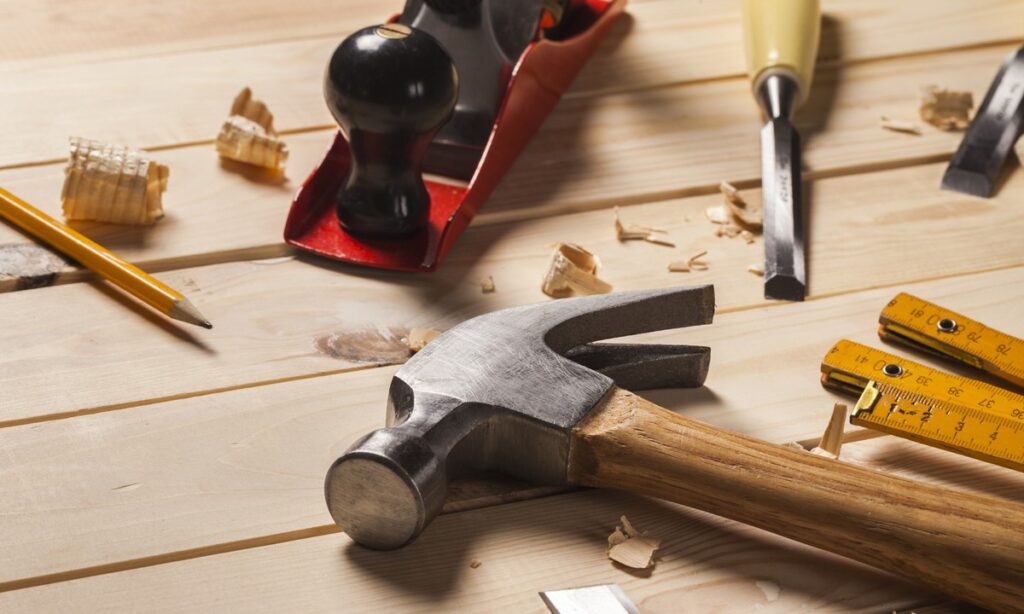
Explore Us
Services
Newsletter
We follow a smooth and transparent process to make sure you get the best results every time. From the first call to project completion, we handle everything with care and professionalism.
